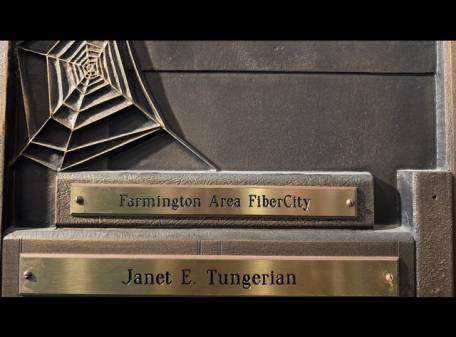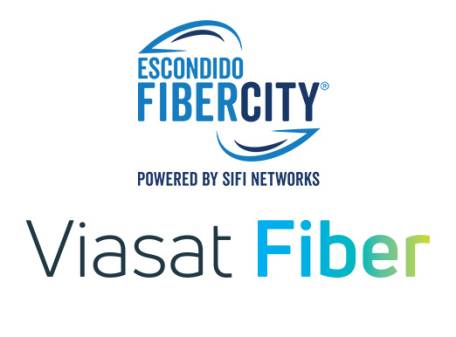The introduction of 4G a decade ago saw wireless carriers boost their networks to increase capacity required to drive the service. The investment in the infrastructure for 4G meant US consumers had more coverage at competitive prices and the economy generated up to 700,000 jobs as a result.
This decade is about to see the next level of wireless services, 5G. Enabling sophisticated devices, applications and business models, 5G is set to be of equal stead as 4G was at the time only 5G comes with far more potential to stimulate the economy’s productivity.
However, there is one significant barrier to realising this potential that will slow the economic growth and that is the lack of fiber infrastructure that delivers unparalleled bandwidth closer to the customer.
Development of fiber infrastructure has been slow in part due to legacy operating models which result in an average of 5-6 times more OPEX than CAPEX being spent. The industry today is inefficient with multiple infrastructures competing alongside each other, where only one is required.
A Deloitte Consulting LLP analysis estimates that the US needs between $130 and $150 billion over the next 5-7 years to be able to support broadband competition, rural coverage and wireless cell site densification.
Deloitte Consulting LLP estimates it will cost $15-$20 billion to meet the required fiber densification. To gain efficiencies, an open access fiber network would be most favourable so carriers can share an infrastructure, which will also increase the competitive environment.
Improving broadband speeds to 70 million homes is needed to ensure competition between at least two providers that meet federal guidelines for broadband of 25mbps downlink and 3mbps uplink. Deloitte Consulting LLP estimates $60-$100 billion is required to ensure 75% of these homes receive FttH and the remaining 25% receive wireless 5G or other technologies that can cost effectively yield speeds faster than federal requirements.
So who are the key players to encourage investment in the industry? Carriers and policymakers are the most educated and therefore influential in this arena. Carriers could establish deep fiber as a top priority investment for the long term, redesign business models based on digital sales and care channels and provide a limited set of standard IP products to substitute legacy TDM products.
Likewise, policymakers could remove regulatory barriers that prevent a single IP network, inhibit deployment of additional fiber assets or restrict the types of services that may be offered. Avoiding limiting carrier innovation in new monetization mechanisms or promoting voluntary sharing of deep fiber and associated communication infrastructure such as trenches, conduits etc.
Failure to encourage investment will be detrimental for the country and its economy. Lack of investment will likely result in no network to support 5G, lack of consumer choice and widening of the digital divide. How the US inspires network infrastructure investment will determine whether it continues to lead the world in even greater innovation, getting more people connected to faster networks, and bring them the content they need at prices they can afford.






